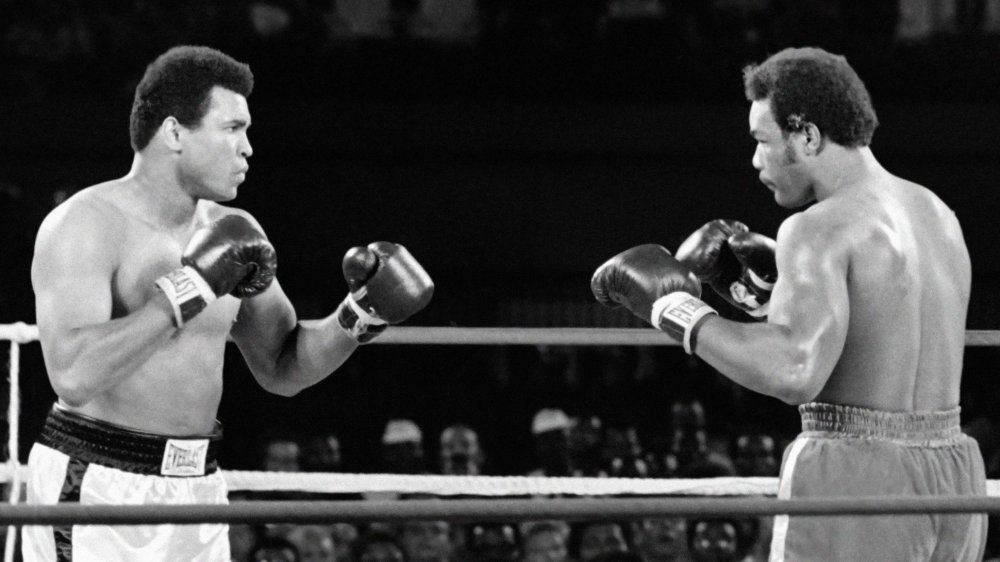
The Alternative Housing Revolution
Gone are the days of mega-mansions and luxury lifestyles. With the rise of housing costs and an increasing need to “go green”, people are turning to new housing styles. These can include anything from the Instagram glorified “van life” lifestyle to DIY homes on self-sustaining hilltops.

While many of these options are low-cost, they do still require a bit of cash. Whether it be over the price of conversions, construction, or upkeep, it’s best to find out what these alternative lifestyles actually look like, and if they are worth the cost for you.
Project Van Life
This is by far the most popular form of alternative living that appeals to anyone from hardcore nomadic hippies to rich hipsters on a break from city life. The US is currently seeing a home revolution with folks across the nation converting old Sprinter vans into mobile homes. It’s cheap to buy and you can obviously travel anywhere.

Of course, the sky is the limit in terms of luxuries and amenities, but for the basics, it can cost as little as $3,000 to buy and build your own vehicle. Things can get steep but it’s still a whole lot cheaper than buying an actual house.
Luxury Vans
Not everybody wants to rough it. You can’t blame them. If you can afford to, then why not. These luxury vans that have some of the luxuries of a home can start at around $15,000. If you like, you can even get a van for about $100,000 and feel like you never really left home but can still wake up to wherever you want.

The legendary Volkswagen or a brand new Sprinter can cost between $25,000 to $60,000,. That’s us the van itself, never mind random additions and upkeep.
What Comes After The Purchase?
Once you’ve made the initial purchase, you’ll be surprised that there are things that you need to add, like a toilet and sink. Yup, only occasionally do vans include primary things like toiles and insulation. Generally, those are all add ons. You can also go to town on what type of flooring you want, the cabinet designed and bed frame (if at all.) alternatively, a hammock and minibar or cooler can work just as well.

If you want to go cheap, you can put around $1,000 into basic amenities. It may not be the most aesthetic thing in the world and if this is for you Insta-lifestyle, you should probably rethink it, but this is a version of van life that works for many.
Anything Is Possible
If you want to get a serious bougie van with fancy showers, designer cabinets and lighting fixtures, then these things can cost a pretty penny. Prepare to fork out anything between 20-50 thousand dollars

It’s important to take into account the amount of time it takes to convert a basic van into a luxury home. It’s certainly a consideration before commencing such a project. Think about time.
Van Expenses
The more you install, the more the upkeep and maintenance costs go up. Of course, that’s not the only thing. Gas, car insurance, camping, parking fees, and speeding tickets are ongoing considerations. And that’s just the driving-related expenses!
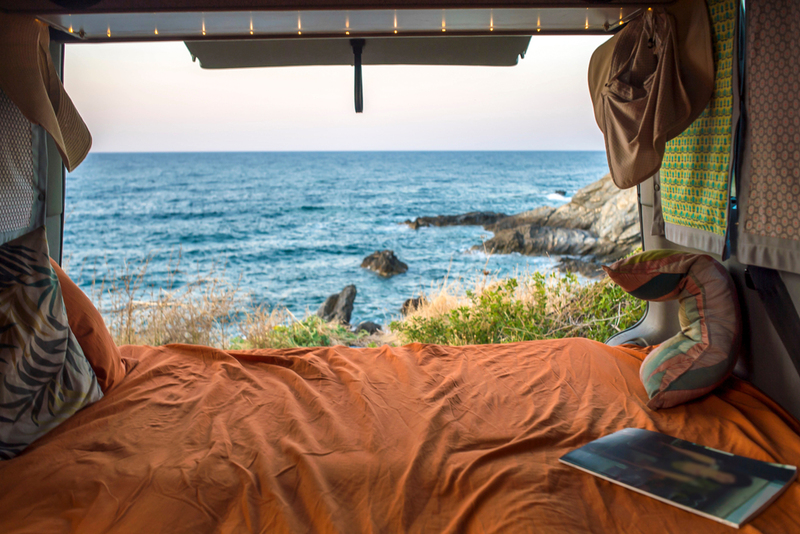
Van registration is also a costly affair. That can cost around $1,200 monthly. Think about whether or not these ongoing are affordable while you’re on the road.
House Or Van?
No matter the costs and your personal range, the van is still ultimately cheaper than owning a home. In fact, for around the same money, you can build two, even three vans. The downside? A house’s value increases over time, while van’s value decreases. With a van though, you can always change your environment.

The van-life’s social media appeal can also make for a lucrative business. Social media influencers make quite a killing over their Instagram-worthy lifestyle. You can’t always do that in traditional homes. Then there is personal richness versus material richness. You pick what works for you!
You Gotta Be Frugal
If you’re on the road, you’re going to be spending money. Many sources claim that it’s impossible to do van life for under $20,000. That number just depends on what you’re willing to compromise.

Building the cheapest van possible can always work for some. You also have the option of adding as you go. It all depends on how long you plan to be away and what you want to use.
DIY Style
If buying and accessorizing is not the route you want to go, you can also get resourceful and start building your own thing. There are endless resources when it comes to van building. Create your own kitchen and living room spaces. It can be 100% unique.

Alternatively, you can just opt for pre-built structures and go from there. There are so many ways to live out of a van.
Forget The Vans
There is certainly more than one way to live cheaply and alternatively. These days you can pretty much create whatever home you want from today’s technology and resources. The options are endless. Flip whatever you like to a home on wheels and cruise away into a dreamlike reality.
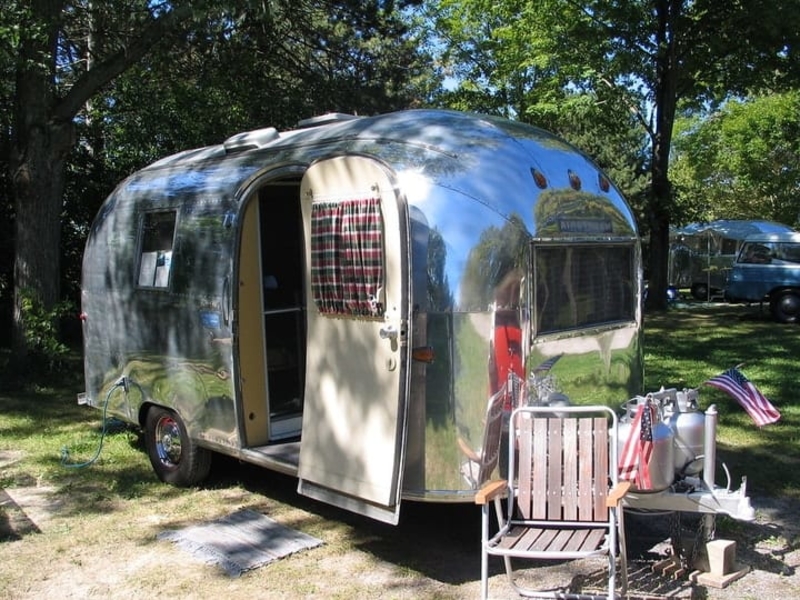
Depending on how many people you’re traveling with, you can also pick bigger options like a school bus for example. The work required to convert a school bus into a mobile home might be a little more, but done properly, it can be totally worth it.
It Can Be Super Financially Savvy
It’s possible that the idea of living out of a school bus sounds like any baby-boomer’s nightmare, but you would be surprised as to just how pro-green and economical this can be. It’s not that different to van life, it’s just much bigger.
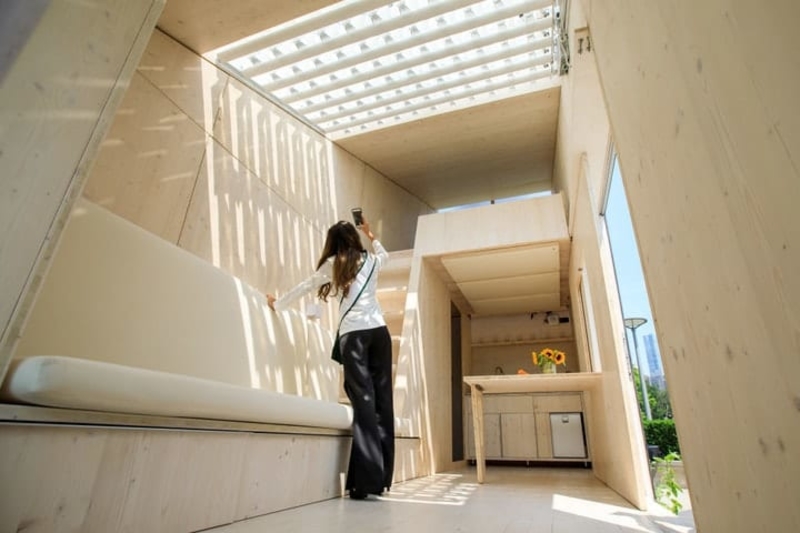
This may like the costs a little more but you can fit in more amenities. If you choose this route, how much money do you really need? Here’s the breakdown.
What Do You Get Out of It?
Converting a school bus into a home can be great. It’s almost as spacious as an actual house, well, a smaller house. You can be totally nomadic if you like, but at the same time move around as much as you wish.
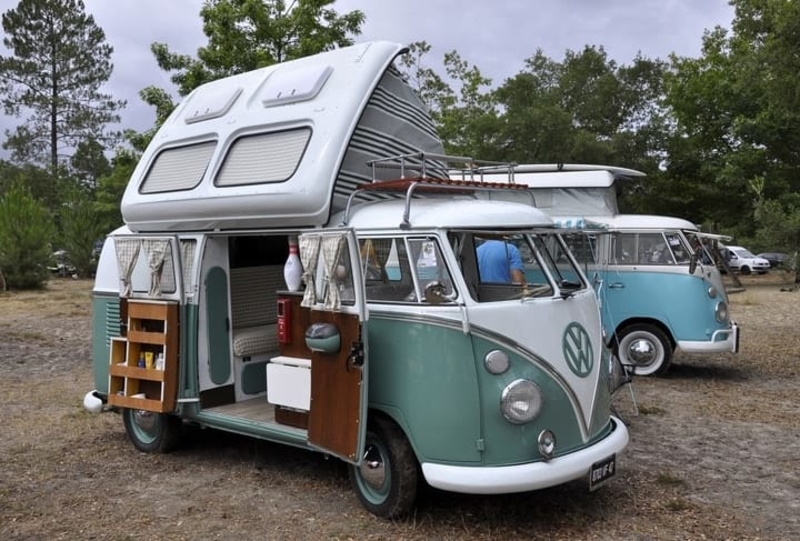
Building and refurbishing will take more time to finish but don’t worry, it’s totally worth it. A big question however is, do they last?
Staying Power
School busses are built to survive just about anything. They are meant to transport kids after all. Whatever money you put into your school bus home will be well worth it as you are less likely to suffer from constant road-side breakdowns.
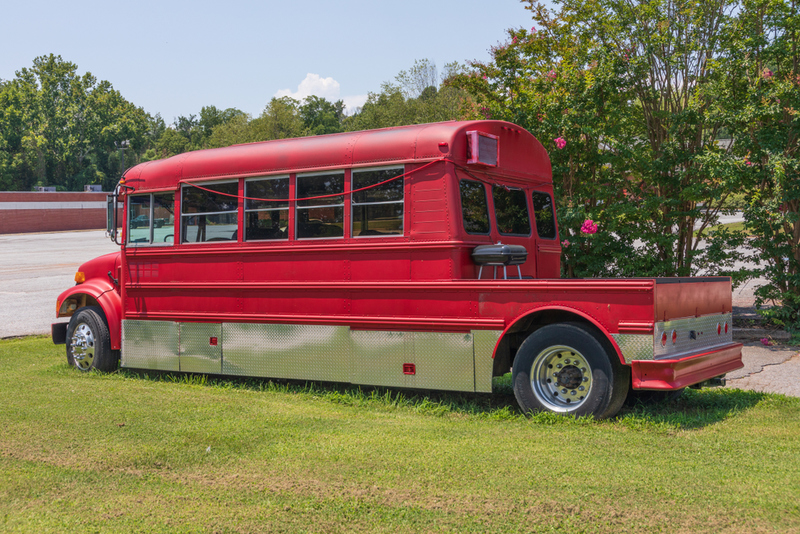
The cost to buy a bus is roughly the same as a van, sometimes even lower. The asking price starts at around $3,000 and can go up to $10,000. You can find a perfectly good one even for $2,500 after a good amount of research. But where do you start?
Choose Wisely
Find the best deal at your local bus dealership, online auctions, or even Craigslist. Don’t rush the process. You can definitely pick up a good deal with a little bit of research.
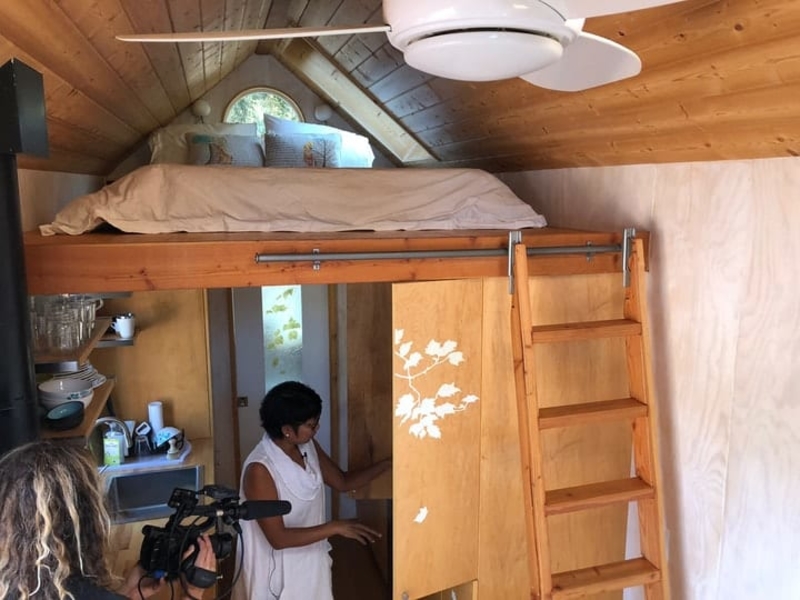
It’s crucial to check out the vehicle’s maintenance records before purchase. Don’t be too concerned about mileage as you’re likely to replace a lot.
The Building Costs
All in all, it can cost about $30,000 to convert a bus into a home. That estimate is made of both the initial purchase as well as all the building materials and tool required to reconstruct the bus.
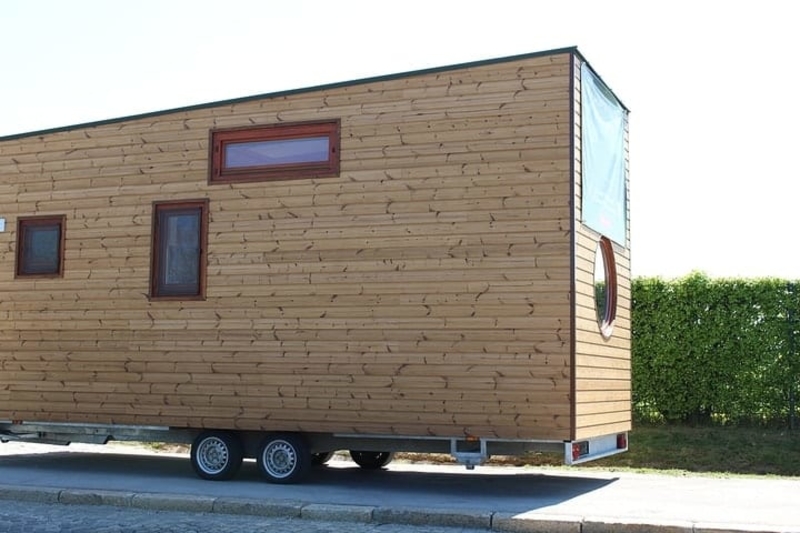
Of course, one can always do it for less than that. You might want to use some elbow grease and say goodbye to hired laborers to save a buck here and there.
More Space = More Time and Money
Like with anything, the more work something requires, the longer it takes. Converting us is going to take longer than a van, simply because it’s bigger. Think carefully if you have the time and the money to convert a bus over a van.
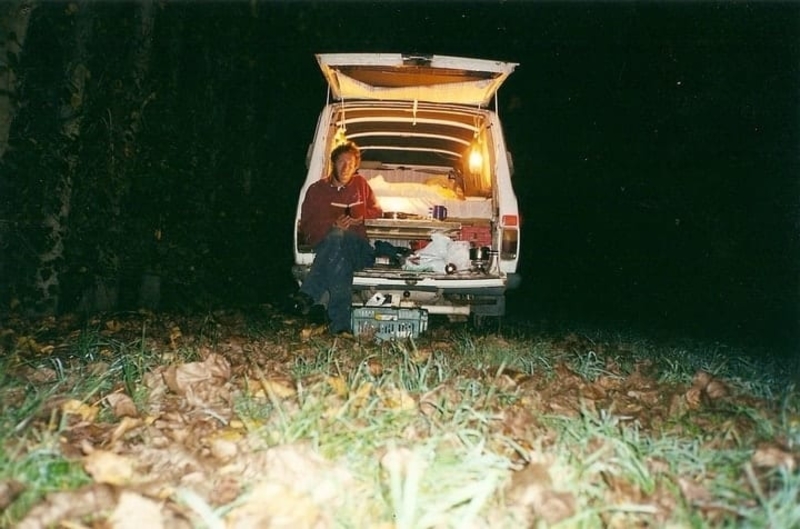
It requires time-consuming planning and research. You have more options to consider when designing and refurbishing a bigger space. Try to create a blueprint of the interior and work according to that. Consider how you would like to space things too.
Adapting To A New Lifestyle
When living in a bigger space you can install virtually anything you like. A large bus can accommodate a real bed, dining room take, and various appliances. These furnishing costs can start getting pretty hefty and might make you start to wonder why you opted for a mobile life to begin with.
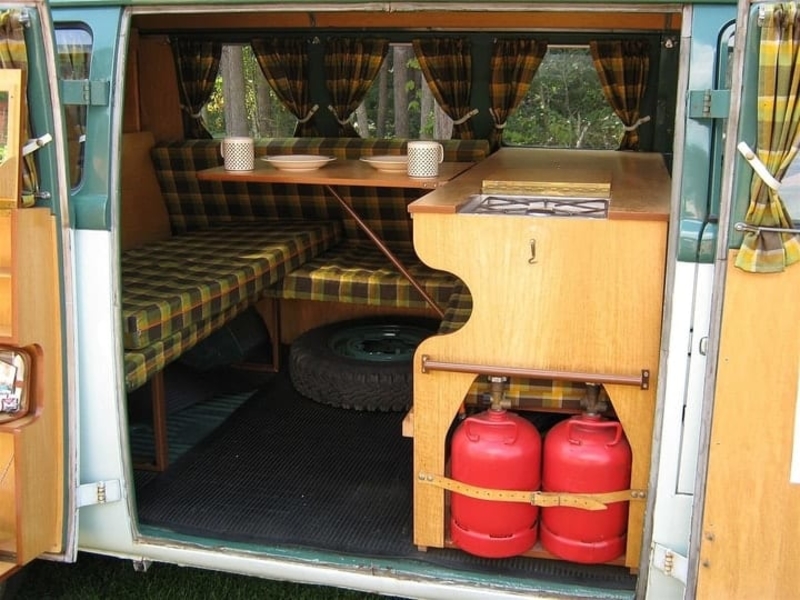
You may also have to upgrade some things for “the off the grid living.” Sometimes less is more.
The Bathroom Dilemma
If you’re not into outdoor plumbing, take comfort in the fact that a fully converted school bus can contain a shower, sink, and toilet. These certainly do add more to the price tag. If it’s too much, you can always just stop over and use nature.
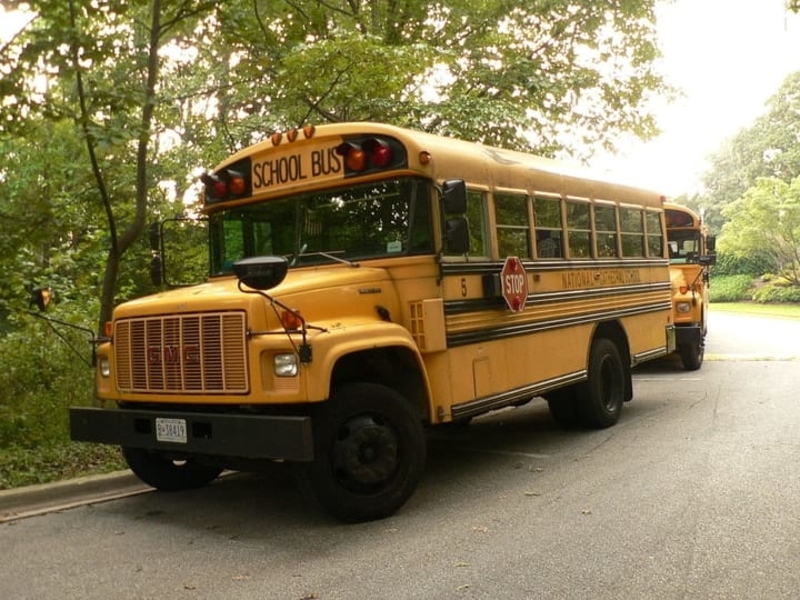
Another option, if you find yourself settling into one spot for a longer period of time, you can try a compostable toilet. That can cost about a thousand dollars. This system requires no septic tanks or sewer lines. This might be more suitable for more permanent housing situations.
Convenience Versus Hardwork
Whatever your preference, whether it be luxury conversion, or a “just the basics” home on wheels, in the end, you get you what you pay for, so it’s important to be satisfied with whatever type of effort you choose to expend. Living luxury has a price, but it may save you a lot of hassle when you’re on the road. The basic option may give you a little extra cash in your pocket, but requires some compromises
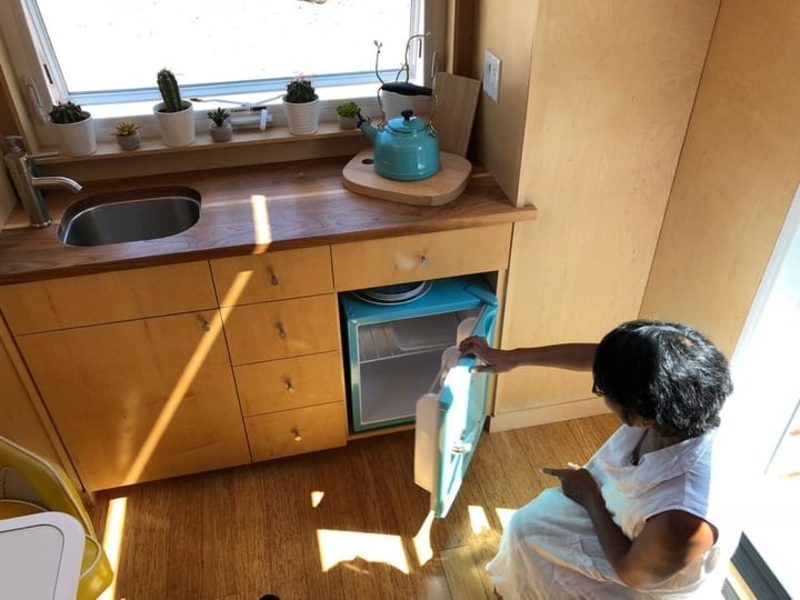
It just comes down to what kind of person you are and what kind of trip you want in the end. You could settle for one option and instantly regret it. Conversely, you could also totally surprise yourself.
Location, Location, Location
Living in a small home is all good and well. Until you realize that sometimes, you can’t just plonk down on whatever piece of land you want. Sometimes you have to pay for it. A big cost factor is deciding where to place your actual home.

This price range will be a big determining factor of how much you end up spending on the whole setup. Land prices, surrounding areas, etc. These are major considerations and obviously, some areas are much cheaper than others. It might be important to ask yourself: Could your tiny home be a potential deal-breaker?
Camp or Rent
When living in a tiny home, you need to think about whether or not you suitable for road life or not. You can either buy a piece of land, rent a spot and park and RV or even rent property to place your miniature home.
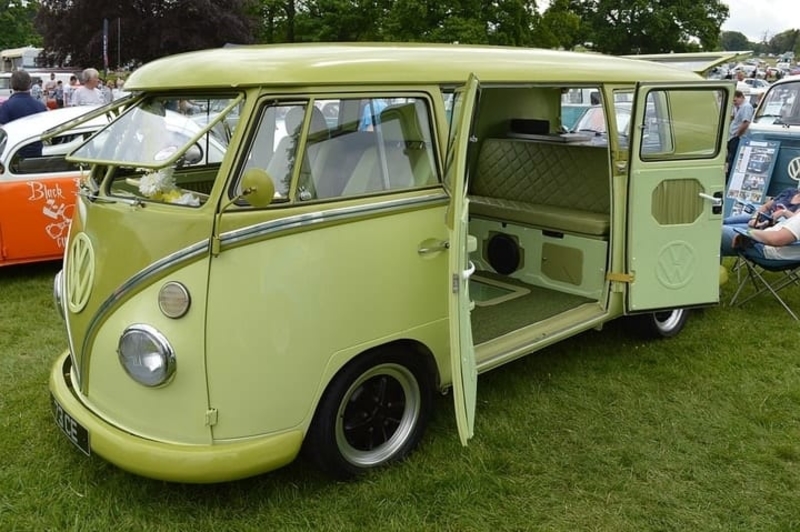
Costs vary depending on what you choose, and of course, certain comforts play into it too. Ask yourself how permanently you want to live in certain areas or if you want to keep moving. Keep in mind tiny homes are a big way to cut costs and lessen environmental damage.
Living Legally
It’s not as pricey as you think it is to buy land. There are certain spots that you snatch up for as little as $100. It all depends on where and how big. Consider what’s more important, owning land, or living in a good location. If you’re lucky, you can have both.
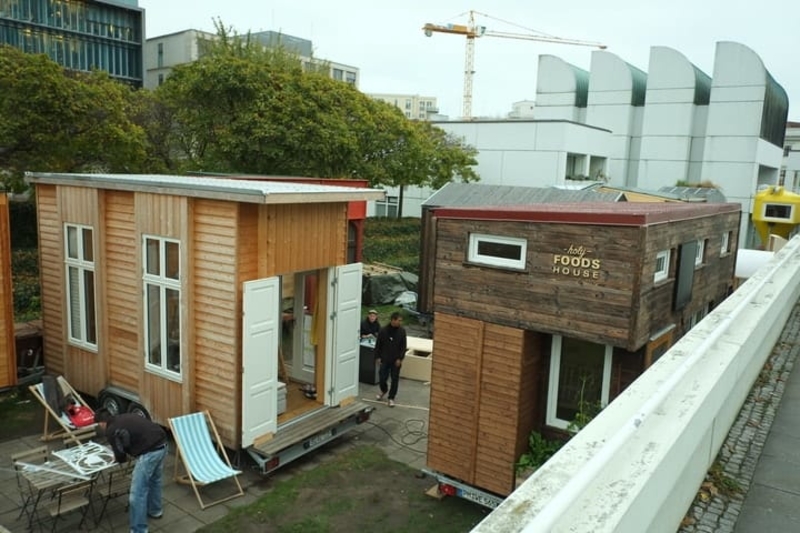
Building your home on a reasonably priced piece of land can come to about $100,000, that’s for both that land and the home.
RV Parks
If you think that living in an RV might be for you then you will be happy to know that is a very popular option. It can come with quite the price tag though and in some cases can be the equivalent of paying rent for an apartment.
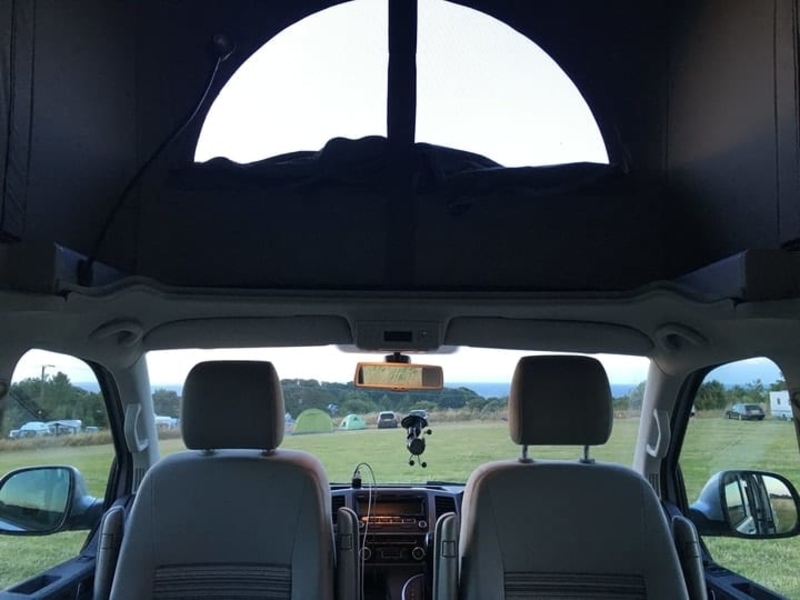
Prices can range between $500 and $1,500. Still, these costs are pretty much all-inclusive, so you’re covered for water, electricity, Wi-Fi, and trash. While the cost may be similar to an apartment, at least you will have more privacy and will feel like you have owned your own home detached from others.
A World of Tiny Homes
When choosing the type of off-the-grid-life, you want, you will discover that there is a world of housing options out there that’s not just busses, vans, or RVs. People seeking new types of living situations are coming up with amazing new designs, some even pretty high end.
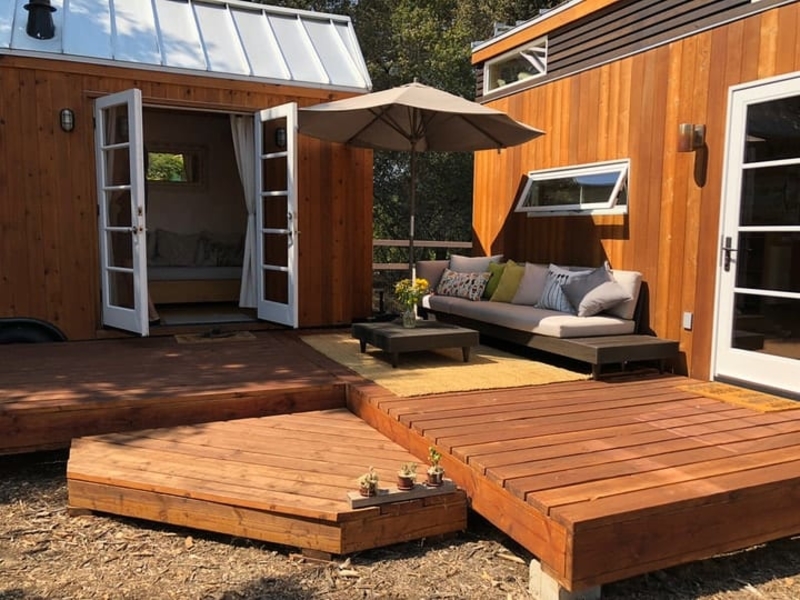
These small homes allow for a simple life with fewer materials. It’s even spawned an entire architectural and social movement that explores creative and resourceful ways of living. Is this option more suited for you? Let’s find out!
What You Get
Building a complete tiny house on wheels can cost around $60,000. That’s quite a lot of money but bear in mind that it includes a bedroom, bathroom, and kitchen. Like a van or a bus, unfortunately, its value deprecates love time, but the land it’s on can actually increase in value over time.
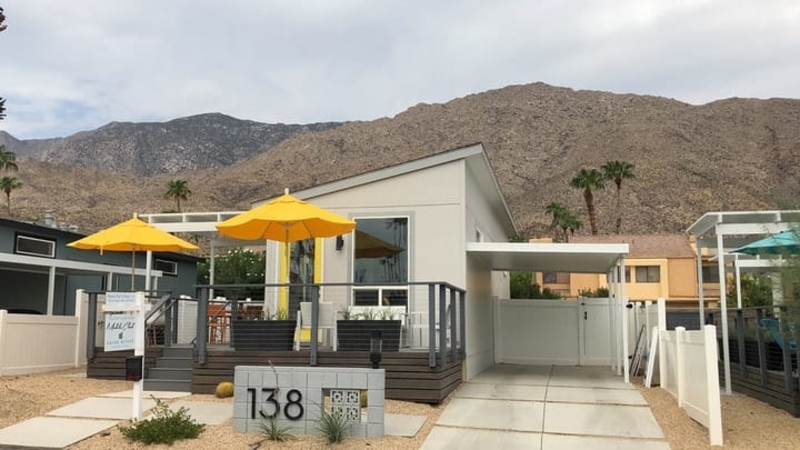
It’s important to investigate just what type of land works for you and more importantly, where.
Live Like a Hermit
Renting land in a secluded area (and not an RV park) are generally cheaper. There are some major trade-offs to consider though. Your utilities aren’t going to be part of some all-inclusive package like it would be with an RV parking spot.
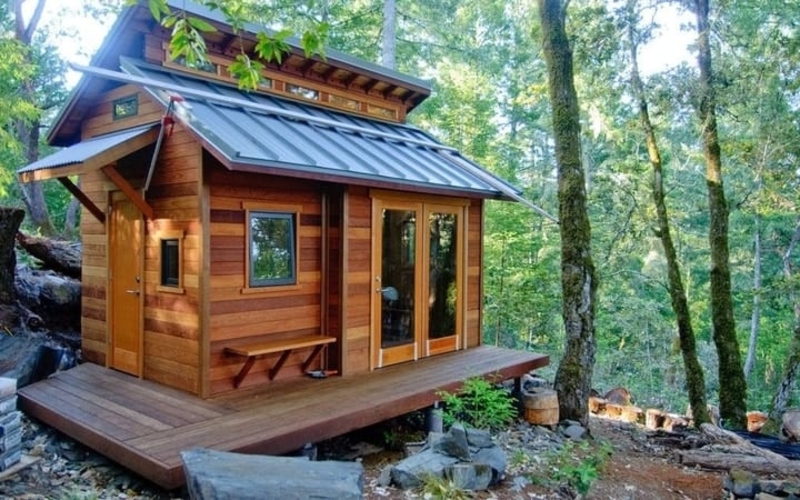
If you find a good secluded spot, expect to pay as little as $200 month.
Jazz Up Your Tiny House
There so many ways to live “tiny.” Choose a spot in the city, or in the woods. You can even “pimp it out” with jacuzzis or designer and custom made features. These expenses add up but they do make for comfortable living.
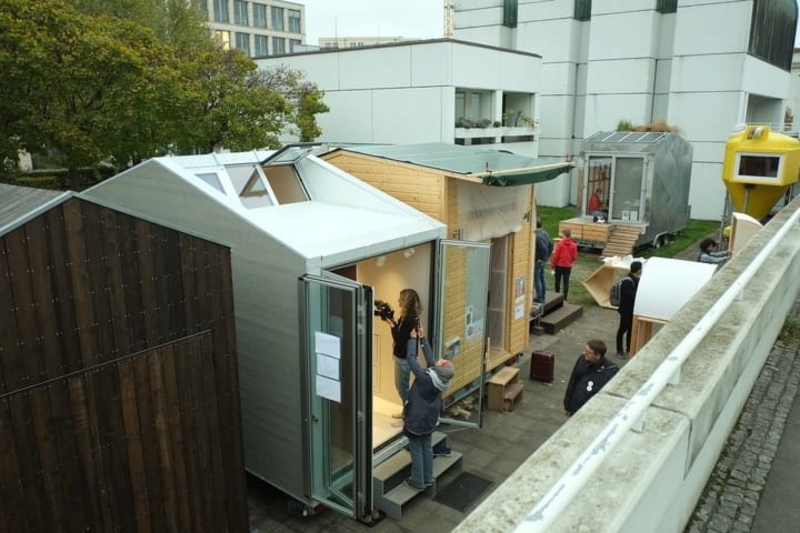
What are your goals for building a tiny home? is it to be environmentally conscience? Is it to be mobile? Or is to simply save some money. Whatever your choice, it’s easier to navigate what you want.
Get Crafty
There are countless designs and styles available for you to choose form. From mobile homes like a caravan, busses, vans, and RVs to shipping containers and houses made out of junk. The price range differs for every option and each one provides a different kind of life style.
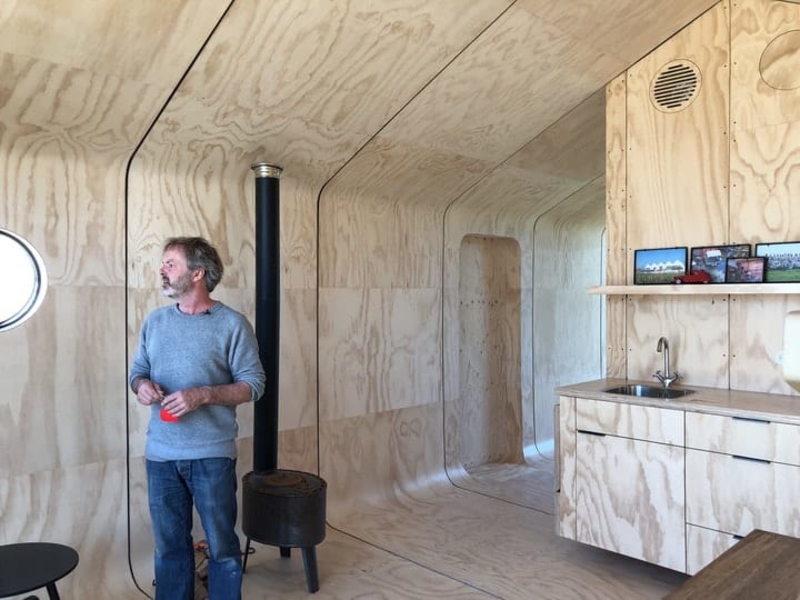
What type of lifestyle appeals to you most? Can you build it yourself, or do you need a professional? Do you prefer to be environmentally friendly? These are the kind of questions that will help you determine what you are looking for. Still not sure what’s out there? Keep reading to find out more alternative living.
The Flat-Pack House
If you’re on a micro-budget, you might be keen to investigate the flat-pack house. This micro-home was designed by renowned engineer Dr. Mike Page and is essentially a QB2, cubic house for one or two people. Ir’s eco-friendly and comes with a compost toilet. In addition, ut can rale just a few hours to assemble!
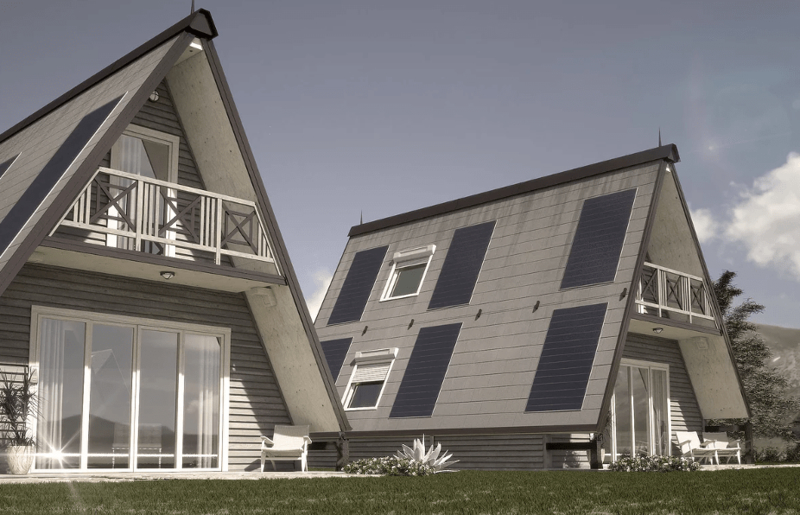
It’s going to be a little tight on space so its good for minimal living. The price starts at about $12, 000 fro a basic QB2. If tou need a little more space, you can try the Barnhaus from architect Ed Green.
Forget Land, Try Water
When living tiny, we tend to think this only revolves around road-life or abandoned little plots of land in the middle of nowhere. Takin to the sea or any other body of water is just as freeing. The cost can be as low as $12,000.
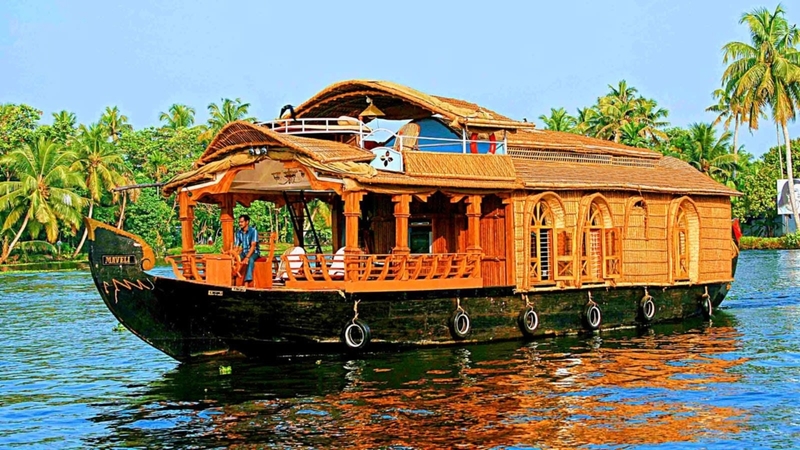
Living on the water is the ultimate way to see the world. You can set sail whenever you like. Sure it requires a little more effort and know-how than driving, but it’s totally possible. Try life on a canal boat and even liv in big cities. It’s far cheaper than getting a mortgage or paying rent in an expensive city center.
Container Culture
For about a thousand dollars you turn some old shipping containers into a full-fledged home In fact, the whole housing system has become quite a trendy alternative and some rather artistic designs have begun to pop up.
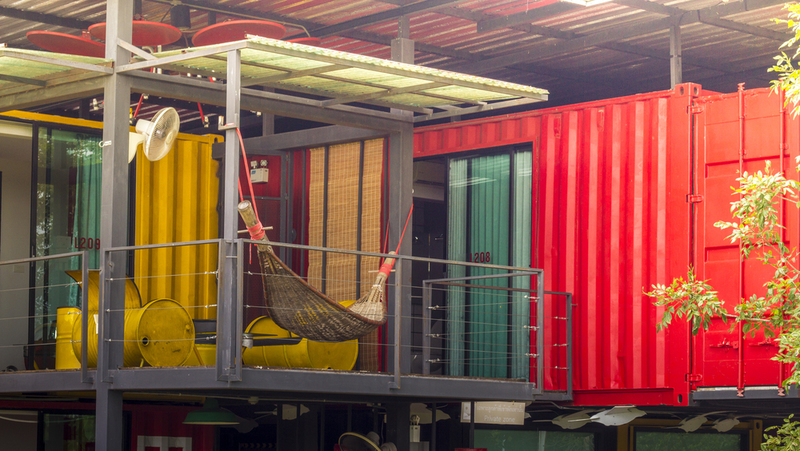
These hunks of corrugated steel have even begun housing communities of artists. Check out Container City, a peaceful cottage community in London.
Going Tribal
Forget about bricks. Civilizations have been living in tents for thousands of years and they were just fine. Why shouldn’t we try it out, even if it’s temporary? Folks have been opting for tents and even building communities on beach fronts.
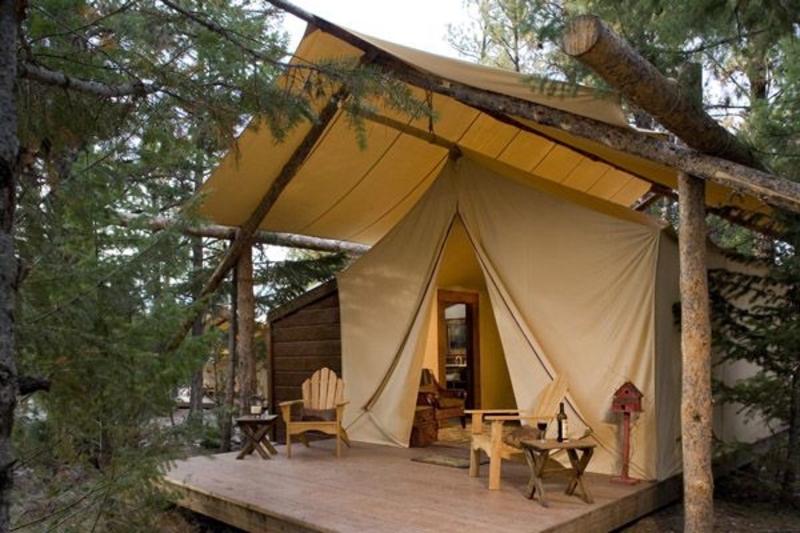
Okay, granted, it can be pretty risky, and sometimes you can be kicked right off. It’s cheap but it might not be the best option for long term living.
The Straw Bale Home
Taking the countryside life a step further, the straw bale home is also becoming an incredibly trendy option. Hay actually doubles as a great insulator so this will do well in colder environments.
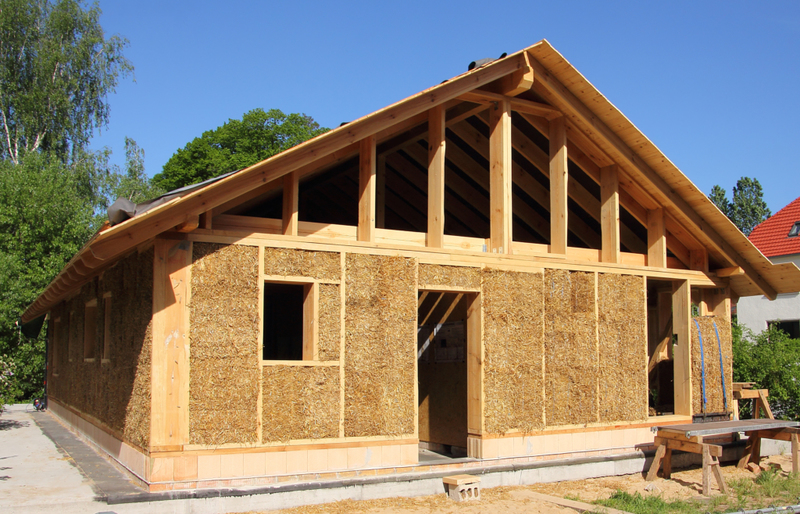
You might want to reinforce it with slightly sturdier materials lest a wolf comes to huff and puff and blow your house down.
The Hobbit House
A method of housing that has been around for centuries has recently made a comeback. The house in a hill or earth berm is essentially a house underground that is built into a natural hill. While the front entrance is exposed the rest of the structure is basically housed by the ground itself.
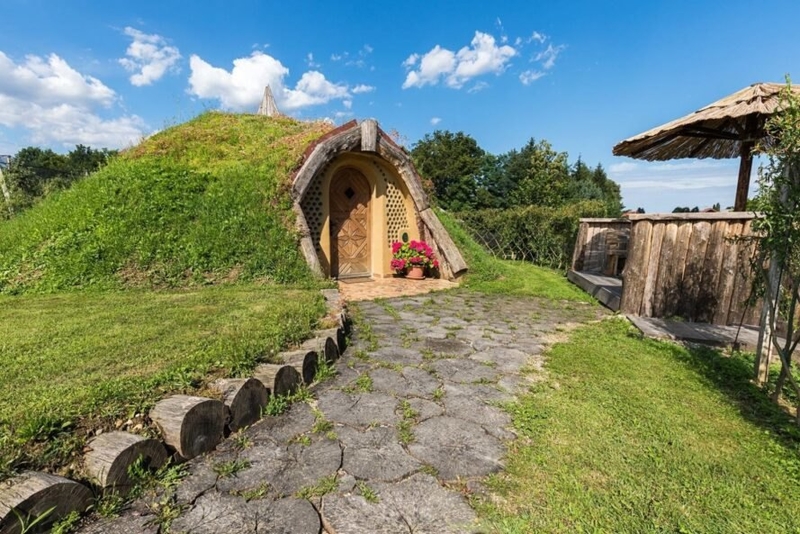
The earth berm is cozy and safe and comfortably off the grid. The only downside is, its quite complex to construct. Perfect for hobbits!
The Earth-Bag Home
Who thought you could build your house out of rice. That’s right. Bags of rice or feed-bags filled with soil or dirt are good substitutes for bricks. These sturdy bags can be a perfect wall for a home and you could do it yourself.

It’s a great way to use alternative materials. You can also make some pretty cool designs this way.
Recycle Your Bottles
The perfect option if you want to repurpose waste. The recycled bottle house might not be for everyone but it’s a great way to save money and be environmentally friendly. It also has the potential to look super artistic.

if you want to take your recycling to the next level and have the patience, then build your house out of bottles. With a little time and effort, you can have your own home at virtually no cost.
The Geodesic Dome
These energy-efficient homes are super unique look like they’re straight form the future. You might also be surprised that super easy to build. A Geodesic home can be as little as a few thousand dollars.
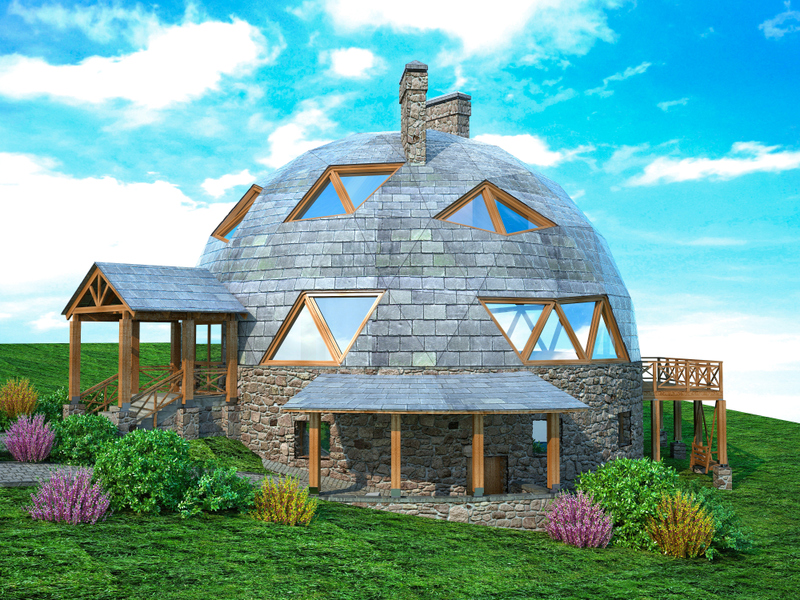
These funky domes will make you feel like you’re living in a sci-fi film. They’re stylish, incredibly designed, and are perfect for a minimalistic lifestyle.
Free Spirit Spheres
For the free spirits out there, because its in the name. This tiny house takes living tiny to a whole new level. A round tree-house that swings from the trees, you might be less inclined to entertain. But who needs that when being in your house is an adventure in of itself.
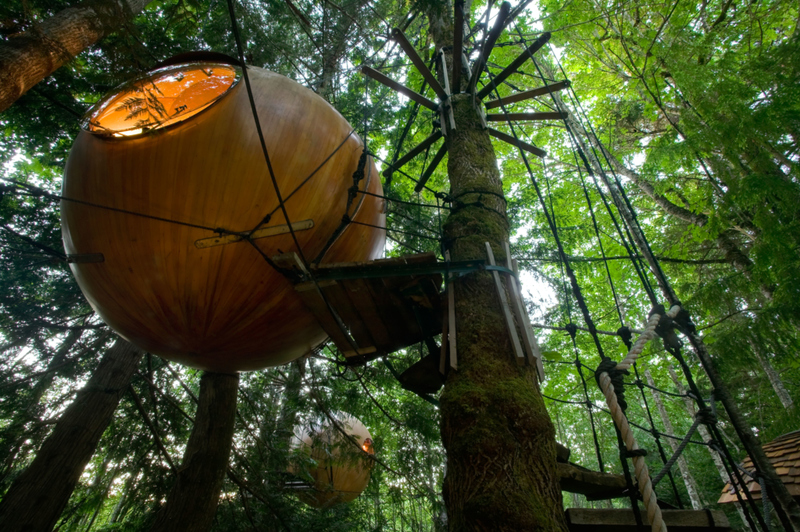
Aside from being super fun and unique, the Free Spirit Sphere house is inexpensive as it is an alternative.
Tree-House For Grown-Ups
Did you ever think that your childhood fantasy could come true as an adult? This might seem completely far-fetched, but there are people who are actually living in some pretty awesome treehouses out there.
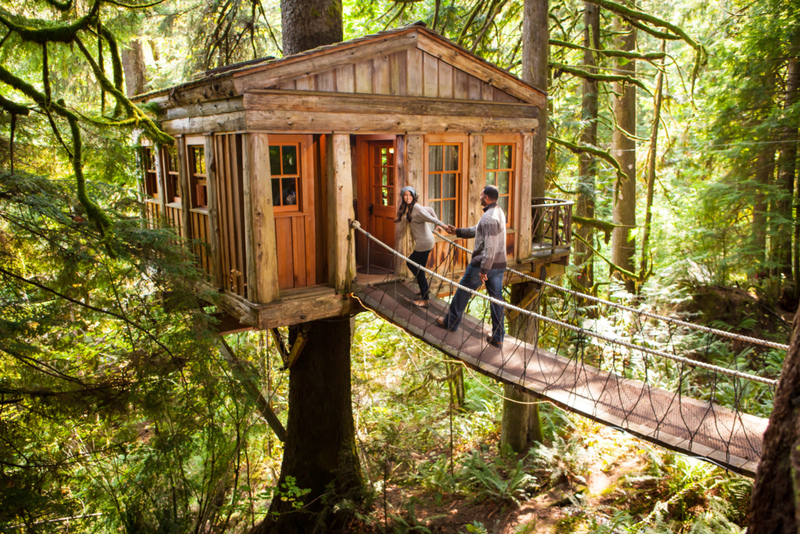
It’s inexpensive and probably the best way to immerse yourself right int nature. Be careful when you build it though, this isn’t some after school hangout for kids.
Cob House
Introducing the cob house. The most eco-friendly type of house that exists. It’s also just terribly adorable to look at. The interior is also wonderful and looks kind of dream-like with its rounded curves and smooth walls.
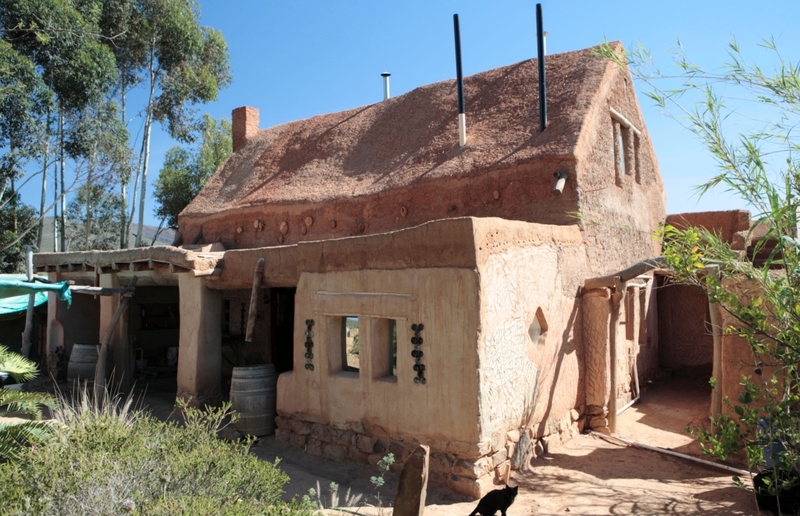
Of course, it’s also one of the cheaper housing options and you can totally do it yourself. With its sand and clay mixture, you will leave no carbon footprint. Expect to pay a few thousand dollars for the whole thing.
Earthship
This sustainable home is known as the Earthship. It’s not as dramatic as it sounds, even though it sounds like it could come straight out of Star Trek. It is perfect for those who are seeking an alternative lifestyle and don’t know quite where to begin.
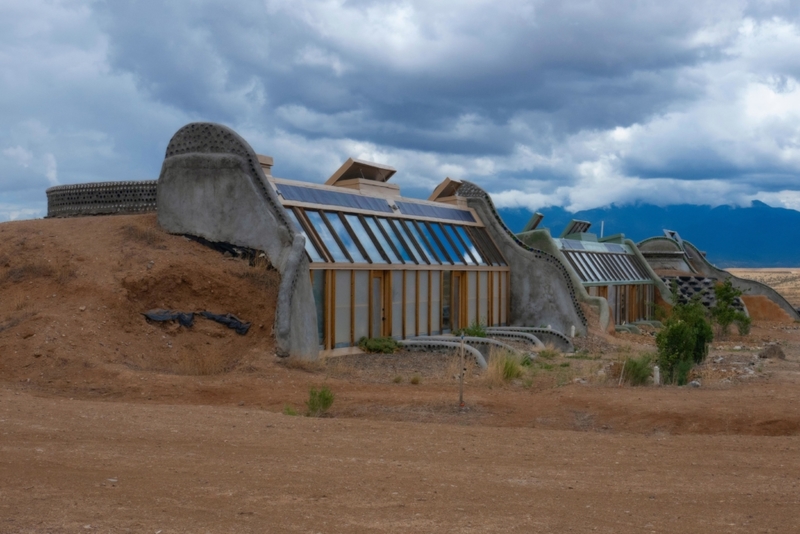
You can also enjoy the amazing selection of designs. They are architecturally mind-blowing.
Hemp Concrete House
Have you ever heard of a house built out of hemp? Did you even think it was possible? Apparently it is! If you can make wallets and bags out of hemp, it looks like you can build a house too. The hemp concrete is super sturdy and, as you may have guessed, completely environmentally friendly.
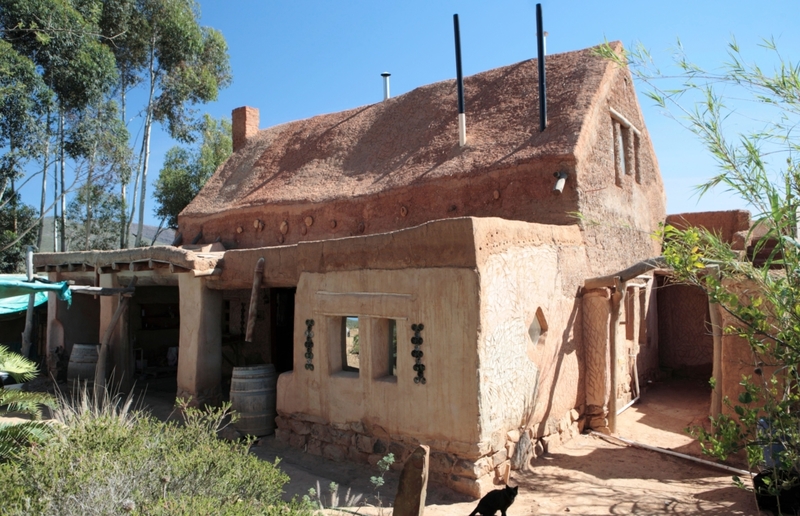
If you’re eager about investigating non-traditional materials to build your home, this might be a viable option. This is not only for tiny houses. You can build a pretty substantial and large house with these materials.
Yurt
While yurts are traditionally used in Mongolian, Siberian, or even Turkish communities, these kinds of homes have been taking hold in the west for quite some time. The collapsible tent is made out of animal skin or felt and is surprisingly firm and sturdy.
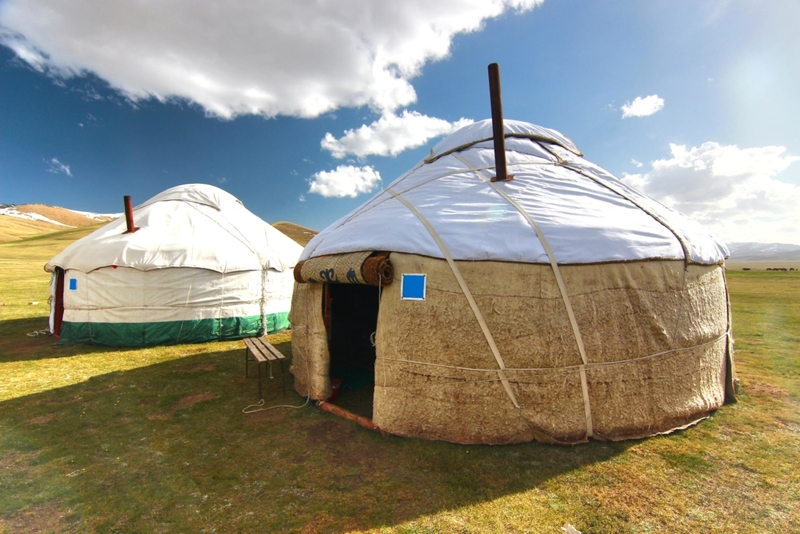
They are extremely inexpensive homes and decorated properly can be quite beautiful. If it gets a little cold, you can always insulate it.
Housing Co-Ops
Living in nontraditional housing can get rather isolated. Often you’re on the road or in a secluded area in the middle of nowhere, not surrounded by many people. But it shouldn’t have to be! Seeing as it’s becoming so popular, many people have taken the liberty of creating communities in these alternative settings.
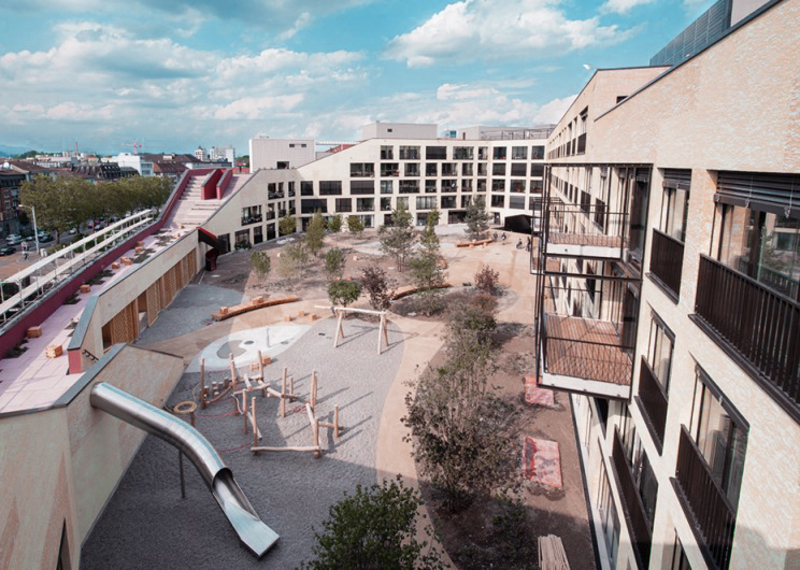
Often situated in outer city limits or deep in forests, people who would like to purchase large plots of land, combine their money and resources, and live together. This way the burden is shared by all.
A Baugruppen
Another form of community living, a Baugruppen is a little more specific in terms of who actually resides there. Generally, these communities are created out of common interests or a need of wanting to have a specific type of society.
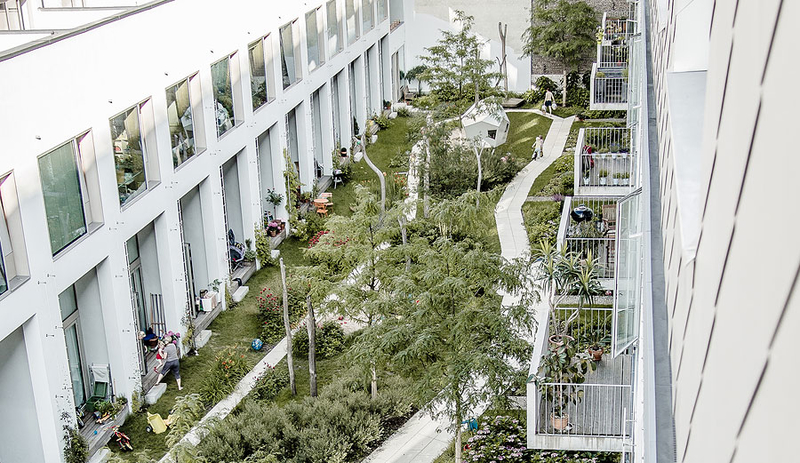
These types of communities also tend to be a lot of hands-on and everyone looks out for each other. It works only if everyone is strictly in on it.
The Box-Car Home
Looking for more creative ways to create your perfect living situation? The box-car home is another idea that belongs to the ongoing list of non-traditional houses.
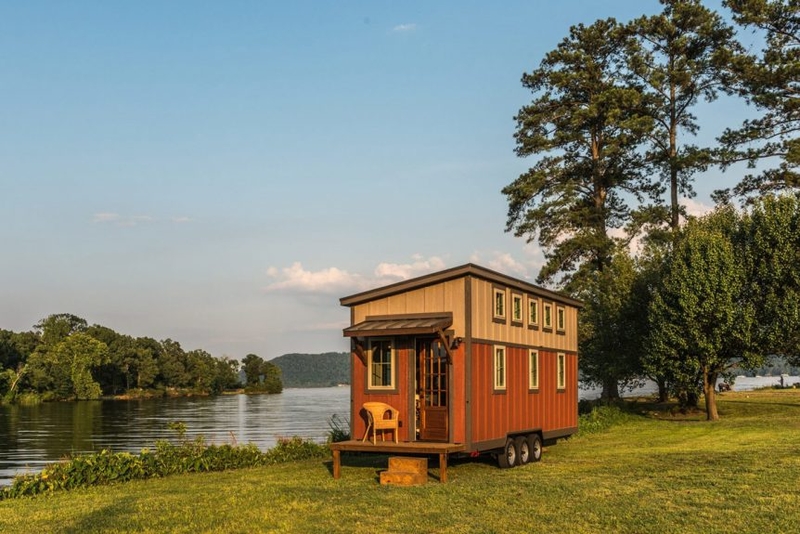
This Alaskan inspired housing method is extremely beautifully designed and amazingly cheap to do so. You can really go to town on creativity with these things, both interior and exterior wise.
Modular Igloo
Who thought this was even an option. These houses are constructed out reinforced styrofoam and can really survive most types of harsh weather.
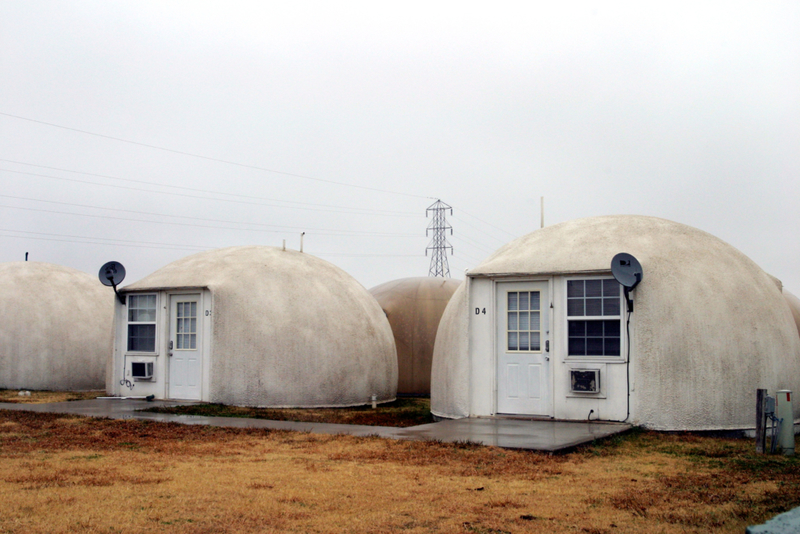
People have turned these little houses into some seriously gorgeous homes too.
African Prefab House
For a house on a budget, the African Prefab House method is the way to go if you’re trying to do some serious saving. The design may not be as artsy as other alternative houses out there, but it will certainly make for a nice and modest home.
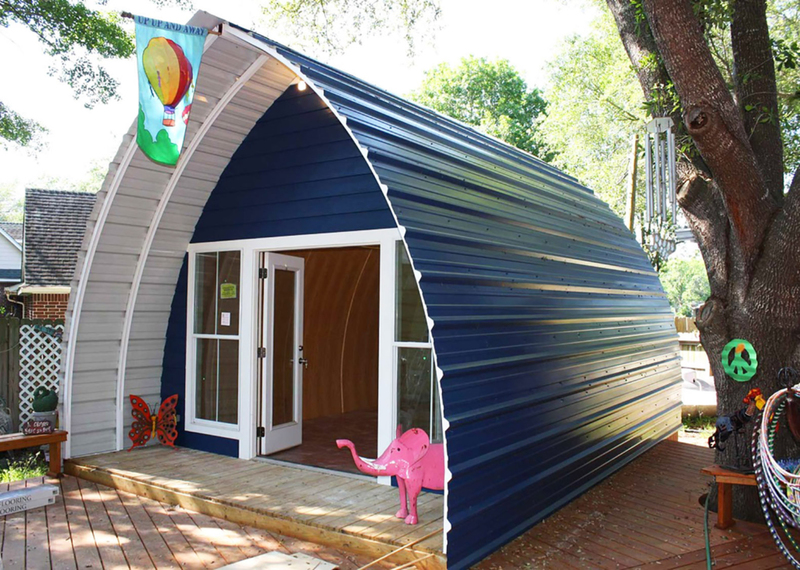
The housing style is particularly popular across South Africa, so it may be slightly harder to come by in other countries. Still, if you can get your hands on those materials, you sure will have an adorable house.
A Fixer-Upper
Here’s a method that involves a lot of time and a lot of passion. Buying and fixing up broken up old houses is a fantastic way to create the home of your dreams with existing foundations. And if you want to discover your inner designer, it’s also the perfect route to go.
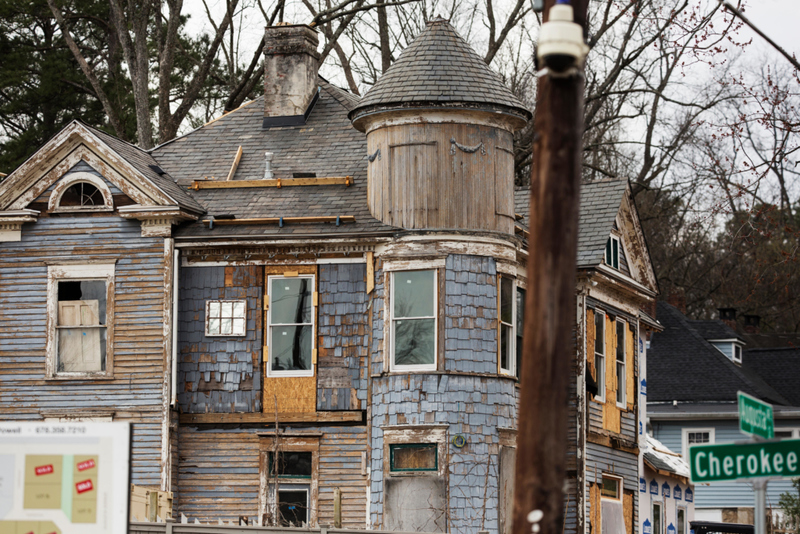
It’s also a great starter home for a newly married couple and the perfect way to embark on a team project together. The appreciation value will also skyrocket over a few years, so bear that in mind.
The Pallet Home
Pallets just lie around unused all over the place. So some people have taken the liberty of actually repurposing them, and what better way to do that to actually build yourself a nature house from scratch. It costs next to nothing.
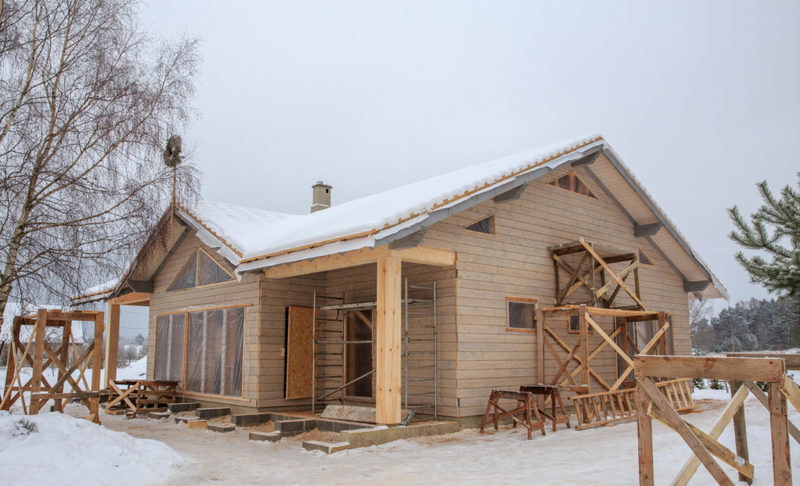
If you have a piece of land and a little money, a simple pallet house is ideal. It might not be the most permanent situation but if you’re saving up for something bigger then this might be perfect.
Live In An Outbuilding
For less than $10,000 you can have a beautiful little outbuilding or cabin in the woods. The prefabricated materials are easy to assemble and available even on roadside highways.

Find your perfect little secluded spot for your home and reside in peace.
Wagon Life
This is trend is growing increasingly popular in Germany. Take Nicolette Stewart, for example, who, in 2005 moved to Germany after quitting her office job. There she moved into a “wagenplatz” (trailer park) where she lived out of an old caravan.
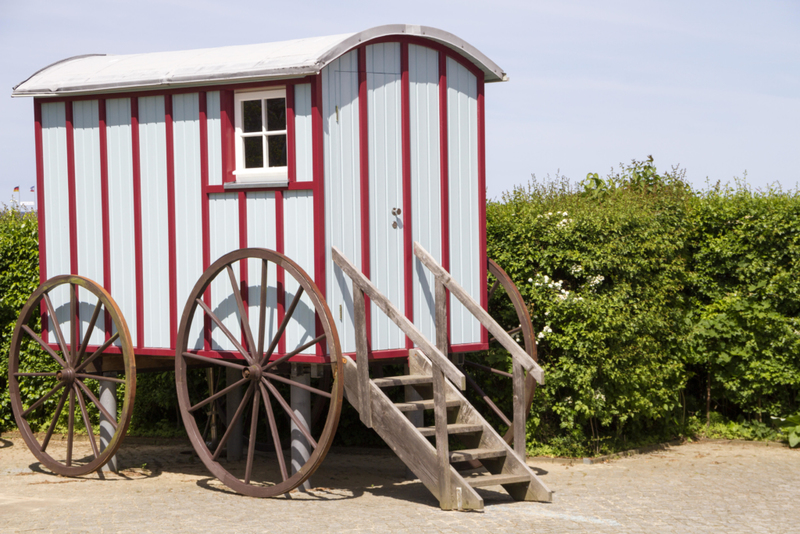
She replaced the rotten boards, cleaned it up, installed some insulation and appliances, and voila, it became home. This sounds like a dream to many. What’s even more incredible is that anyone can do it. If you have an appetite for the adventure of course.
Living in a Truck
Just like living in a wagon, bus, van, or RV, a truck is also a perfect option for living on the road super comfortably. A truck can accommodate as much as a small apartment can so you can cruise in total luxury.

They’re chunky things to drive, so keep that in mind. It’s the kind of thing you park and chill in for a few weeks, even months.
Living in a Storage Unit
It’s certainly no permanent solution to living, but if you find yourself in a temporary housing crisis, this might be the perfect option. Sure, you might encounter some legal issues and be subject to eviction and complaints but if you get lucky and can stick it out, this is a super cheap option for decent housing.
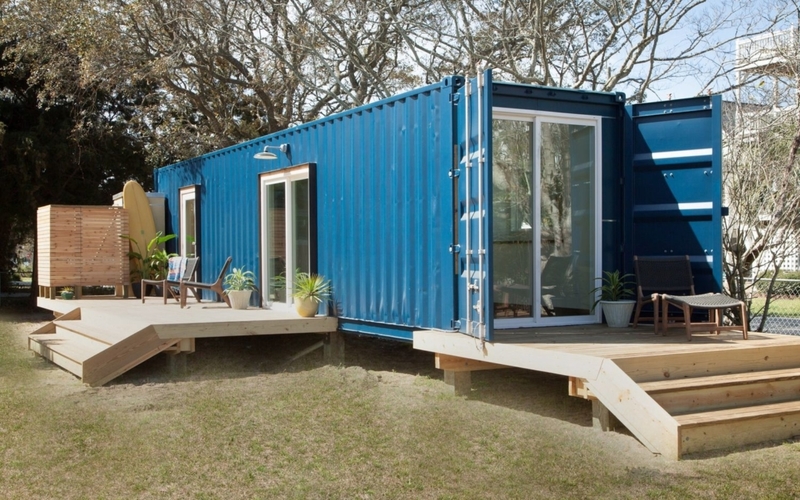
You can save money on the side and eventually move out to a bigger and better place. Who knows, maybe you’ll get comfortable and stay a little longer.
Homeless By Choice
Who needs vehicles, cabins, or little prefabricated huts when you can just hit the roads and take shelter anywhere! Living nomadically can be an adventure if you’re careful of course. It’s possible to find dwellings all over the place.

Just pack your sleeping bag and even yourself a trip. Food might be a little harder to come by. You might be an expert forager by the time you’re done.
Seeking The New Norm
Whatever route or method you choose for your alternative lifestyle, make sure that effort and the costs fit exactly with your intentions.
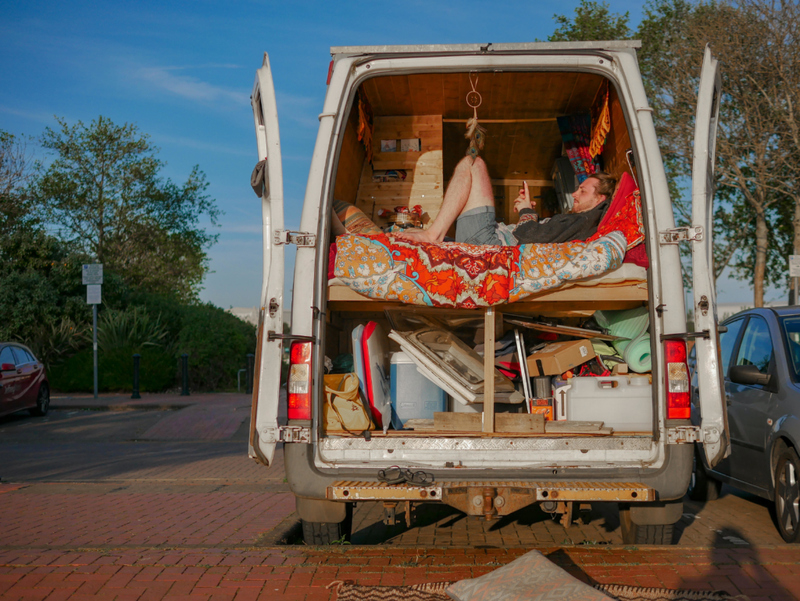
Whether it be on the road in a simple van, hiding out in a picturesque village, or even just heading off by foot, the alternative lifestyle is definitely a cheap yet enriching experience that can work for anyone.

More of the Best Guitarists Throughout History

Walmart Employees Can’t Stand This

Why Halva Might Be the Most Culturally Diverse Candy Ever
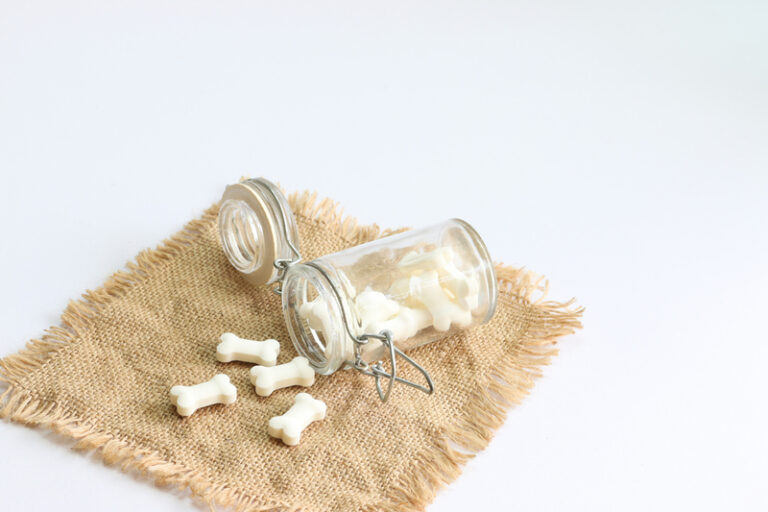
Does Your Dog Need a Calcium Supplement?
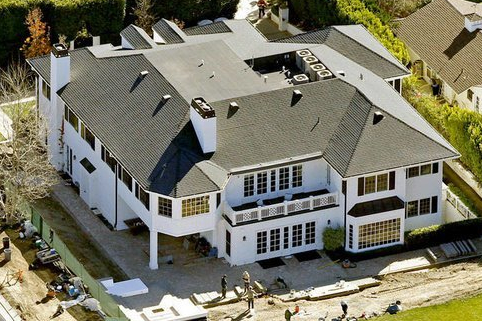
Amazing Celebrity Houses

Rocking the Boat: Cruise Ship Staff & Their Secrets

Law and What? What Really Goes on Behind the Doors of a Courtroom

The Greatest Westerns of All Time Part 2

‘The Sopranos’ Showrunner Finally Explains His Cryptic Ending

The Lowest of the Low: Waiters Who Got Seriously Short-Changed



















